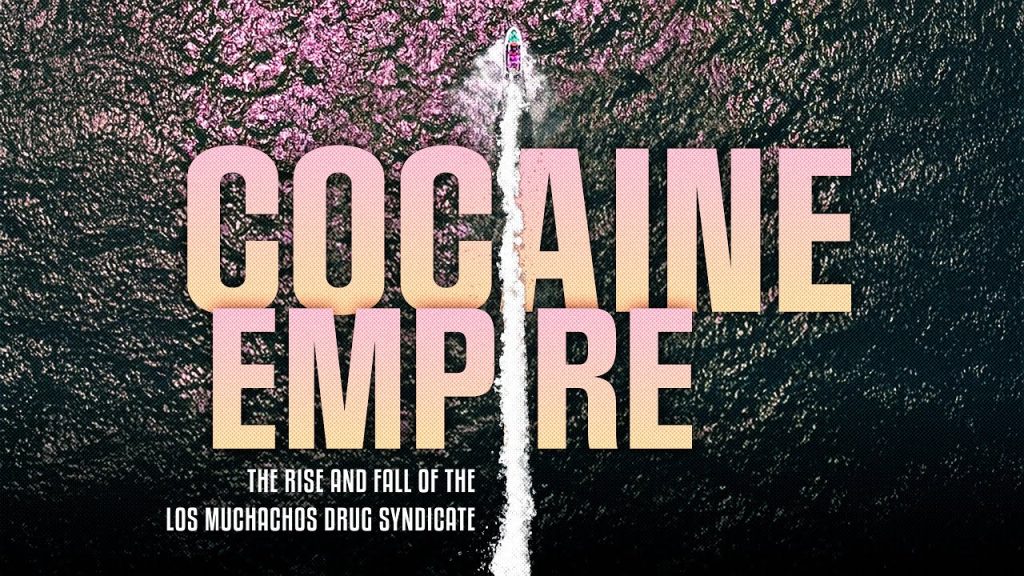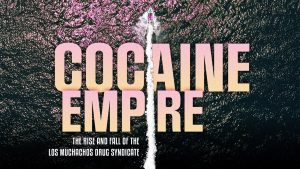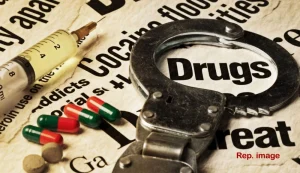The Caribbean, a region celebrated for its vibrant cultures, sun-drenched coastlines, and historical depth, has undergone a stark transformation over the past several decades. Once renowned for tourism and its strategic maritime trade routes, the region has gained a more sinister reputation as a critical node in the international drug trafficking network. This darker legacy is explored in depth in Ron Klein’s compelling work, The Caribbean Connection for Organized Crime, which provides a harrowing chronicle of how the drug trade in the Caribbean evolved from relatively low-level marijuana operations into a breeding ground for complex, violent cocaine empires.
Klein begins by charting the relatively innocuous early stages of the trade, dominated by marijuana, known locally as “ganja.” In the 1960s and 1970s, islands like Jamaica became major hubs for marijuana cultivation and export, particularly to the United States. He writes, “For years, the choice was Marijuana, but that changed when people wanted a more potent drug.” The Caribbean’s geographical proximity to North America, coupled with its countless inlets, cays, and unguarded borders, made it an ideal location for discreet and efficient maritime trafficking.
During this time, marijuana smuggling was often viewed through a cultural lens. It was deeply intertwined with local traditions, especially in Rastafarian communities, and was considered a relatively benign substance. The operations, while technically criminal, did not generally invite the level of violence, corruption, or political instability seen in later decades. Enforcement was inconsistent, and in many communities, growing or transporting marijuana was seen as a viable economic opportunity amid limited job prospects.
However, the narrative changed dramatically with the arrival of cocaine. As global demand for harder narcotics surged in the 1980s, particularly in the United States, South American drug cartels saw a lucrative opportunity. Cocaine, which could be produced cheaply in Colombia and smuggled with ease due to its high potency-to-volume ratio, quickly supplanted marijuana as the drug of choice among traffickers. Klein notes, “Many drugs are derivatives of Opium and Poppy Seeds…including Morphine, Cocaine, and Fentanyl.” He highlights how the Caribbean’s geography, once a boon for marijuana farmers, now served an even more strategic role for cocaine transshipment.
Colombian cartels exploited the Caribbean’s archipelagic layout to establish a sprawling logistics network that included small aircraft, fast boats, and even submarines. These routes allowed cocaine to flow from Colombia and Venezuela through the Dominican Republic, Haiti, the Bahamas, and other smaller islands en route to Miami and other U.S. ports. The influx of cocaine brought about a massive increase in violence and instability. “Cartels are competing with each other to enhance suppliers to buy from them. Lower prices, quicker delivery,” Klein writes, emphasizing how a ruthless capitalist logic dominated the new drug trade.
Unlike the decentralized marijuana trade, the Caribbean cocaine economy was dominated by powerful multinational cartels equipped with military-grade weapons, trained operatives, and vast financial resources. These cartels relied on violence, intimidation, and corruption to secure trafficking routes, often infiltrating local governments and turning parts of the Caribbean into narco-states.
The human toll has been devastating on both regional and international scales. Klein points to the United States, where over 110,000 people died from drug overdoses in 2023—nearly 70% from synthetic opioids like fentanyl. While cocaine isn’t an opioid, this statistic underscores the widespread consequences of global drug trafficking and how the Caribbean’s role as a transit point directly connects to domestic health crises abroad.
Within the Caribbean, the drug trade has further destabilized already vulnerable economies. High unemployment, poor infrastructure, and limited opportunities have made trafficking an appealing—if dangerous—path for many. Youth are particularly affected, becoming involved as couriers, hitmen, or smugglers. Klein paints a grim picture: “Not only are prostitutes involved, but also males. Hitmen, felons, Scammers…any way to make money.”
U.S. foreign policy also comes under scrutiny. The Reagan-era “War on Drugs” forced traffickers to adapt, pushing operations into smaller, less-policed islands. As Klein notes, “The geography of the region, with its scattered islands and porous borders, made it ideal for illicit movement.” Rather than stopping the trade, these efforts often made it more elusive and entrenched.
Klein’s narrative ultimately calls for a rethinking of global drug policy. He argues that enforcement alone cannot succeed without addressing poverty, systemic corruption, and consumer demand. Without tackling these root causes, any crackdown will merely displace the problem rather than solve it.
In its final chapters, The Caribbean Connection for Organized Crime transcends mere crime reportage. It becomes a socio-political document that offers a cautionary tale about the consequences of neglecting regional development, ignoring structural inequality, and relying too heavily on militarized policy solutions. As Klein succinctly concludes, “Things are not easy in their world as you may think.” His work is a stark reminder that the global drug trade is not merely a matter of criminal justice, but of human rights, economic development, and international cooperation.


